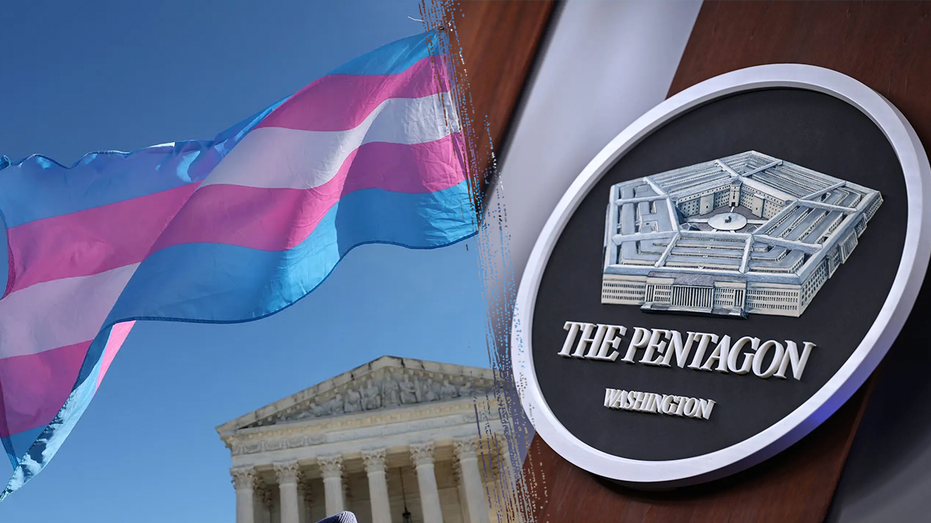Transgender Sailors and Marines Face Tough Choice: Voluntary Separation or Dismissal

Sarah Johnson
March 15, 2025
Brief
The Navy orders transgender sailors and Marines to leave service by March 28 or face reduced benefits, amid legal battles and controversy over the Trump-era military ban.
The Department of the Navy has issued a stark ultimatum to transgender sailors and Marines: voluntarily leave the service by March 28 or face involuntary separation with reduced benefits. This policy stems from a memo released by the Navy and aligns with an executive order signed by former President Donald Trump in January, banning transgender individuals from serving in the military.
Acting Secretary of the Navy Terence Emmert stated in the memo that the Navy recognizes only two sexes—male and female—and considers an individual's sex as immutable throughout life. Consequently, those with a history of gender dysphoria or treatments such as cross-sex hormone therapy and sex reassignment surgery are deemed disqualified for military service.
Transgender personnel who opt for voluntary separation will receive double the pay compared to those involuntarily removed, according to the Navy's guidelines. For example, a petty officer first class with 10 years of service could collect $101,628 in voluntary separation pay versus $50,814 for involuntary separation. However, this offer is unavailable for those with less than six years or more than 20 years of military service.
The memo also emphasized dignity and respect for affected personnel, with Navy leaders instructed to exercise command authorities to ensure humane treatment. Exceptions may be granted on a case-by-case basis if retaining or recruiting transgender individuals is proven to enhance warfighting capabilities.
The policy has sparked legal challenges, including lawsuits filed by organizations such as the Human Rights Campaign Foundation and Lambda Legal, which argue that the ban is both morally reprehensible and un-American. These groups have sought preliminary injunctions to pause the enforcement of the policy while litigation continues.
Meanwhile, former Chief of Naval Operations Adm. Mike Gilday defended LGBTQ service members during his tenure, asserting that diversity strengthens the Navy's ability to build cohesive warfighting teams. Gilday's remarks stand in sharp contrast to criticisms from Republican lawmakers, some of whom accuse the Navy of misplaced priorities.
As the March 28 deadline approaches, the fate of thousands of transgender service members hangs in the balance, with ongoing legal battles likely to influence the final outcome.
Topics
Editor's Comments
The Navy’s policy feels like a throwback to an era we were supposed to have left behind. The idea that someone's gender identity could be 'incompatible' with military service is both reductive and, dare I say, a bit absurd when you consider the diverse challenges modern warfare demands. While the compensation differences for voluntary versus involuntary separation are notable, it doesn’t undo the underlying moral dilemma here. And let’s not overlook the irony—those very service members being forced out have already proven their commitment to defending the country.
Like this article? Share it with your friends!
If you find this article interesting, feel free to share it with your friends!
Thank you for your support! Sharing is the greatest encouragement for us.



